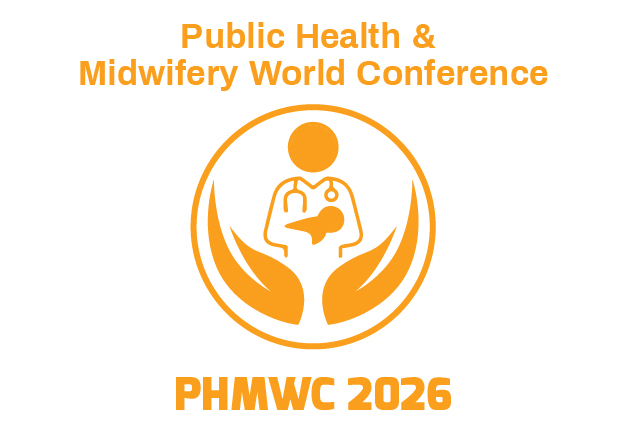Speakers - 2025
Tigist Debebe Lemma
- Designation: Hamlin Fistula Hospital
- Country: Ethiopia
- Title: Magnitude of Underweight and Associated Factors Among Women Aged 15 to 49 Years with Obstetric Fistula in Hamlin Fistula Hospital, Addis Ababa, Ethiopia, 2021: A Cross Sectional Hospital Based Study
Abstract
Background: The poor nutritional status of women has been a significant problem in Ethiopia. The reason for a widespread malnutrition and the associated consequences in resource poor-settings are due to diets that are often monotonous.
Objectives: This study aimed to assess the prevalence of underweight and its associated factors among women with obstetric fistula at Addis Ababa Hamlin Fistula Hospital, Ethiopia.
Methods: This study gathered data through a cross- sectional survey involving 143 women aged 15-49 who attended the outpatient department of Addis Ababa Fistula Hospital between January 20 and February 20, 2021. The sample size was determined using a single population proportion formula, and systematic random sampling was applied. Face –to face interviews, structured questionnaires, chart reviews, and anthropometric measurements were conducted. The data was analysed using SPSS version 26. Descriptive statistics, binary, and multiple logistic regression were done. A significance level of p<0.05 was utilized.
Results: The findings revealed that 33.6% (95% CI: 26%-42%) of women with obstetric fistula. Rural residence was associated with a 5.14 fold higher likelihood of being underweight compared to urban areas (ARO=5.14, 95% CI: 1.33, 19.84). Additionally, women from food-insecure households had a 4.06 times higher risk of being underweight compared to those from food-secure households (AOR=4.06, 95% CI: 1.61, 10.25). Furthermore, women with low dietary diversity scores were 4.07 times more likely to be underweight compared to those with high dietary diversity scores (AOR=4.07, 95% CI: 1.29, 12.91).
Conclusion: The study highlights the high prevalence of underweight among women with obstetric fistula, even greater than global prevalence rate of 9.7%, and emphasizes the importance of implementing comprehensive interventions to improve nutrition and well-being in this population.
Keywords: Dietary diversity, Ethiopia, Household food insecurity, obstetric fistula, underweight


